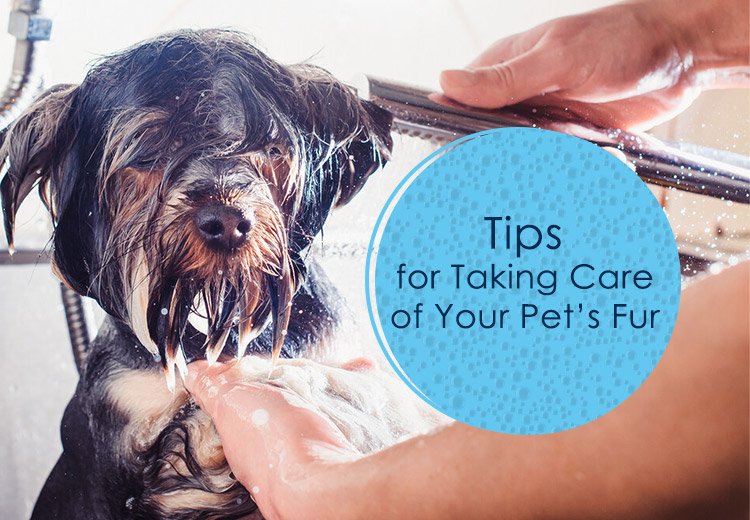Aug 17, 2020

Do you ever look at a pet and think how do they have such lustrous fur and coat? Well, we all love dogs with shiny fur and glamorous personality. Well, you’d be surprised to know that a lot of care and effort goes into grooming a dog. It’s certainly not an easy task for pet parents. Besides, many pet parents don’t know how often to bathe their pets or get them a haircut. So, in this blog, we have provided some special tips that will help you in taking care of your pet’s hair.
When to Bathe Your Dog
Well, this mainly depends on the breed of the dog. Dogs with different kinds of breeds have different requirements. Long-haired dogs would require frequent bathing compared to dogs with short hair. So, there’s not a specific day’s gap between bathing the dog. Usually, once a week is feasible for pet parents. However, if you take your dog to a park and he gets his coat all dirty, you need to wash him right away. The built-up dirt can cause irritation and sometimes infection as well.
Moreover, when dogs haven’t been bathed for a long time, they emit bad odor, which is an indication that your furry baby needs proper grooming!
But, remember that you don’t bathe your dog too often, as it can cause drying of the skin. So, only groom the pup when required.
How to Bathe Your Dog
Below we have provided exclusive points on how to thoroughly clean your dog’s fur and coat. So, ensure you follow all the steps!
Well, now that wasn’t so difficult, was it?! When you follow these easy steps, grooming the dog doesn’t seem like a daunting task. Moreover, don’t forget to brush your dog’s hair every few days, this will prevent any mats or tangles.
Many pet parents dread grooming their pets, but if done in the right way, it can actually enhance the bond between pet parents and their dogs. So, next time don’t send your dog to a groomer, instead of trying bathing him at your home so you can spend some fun time together.